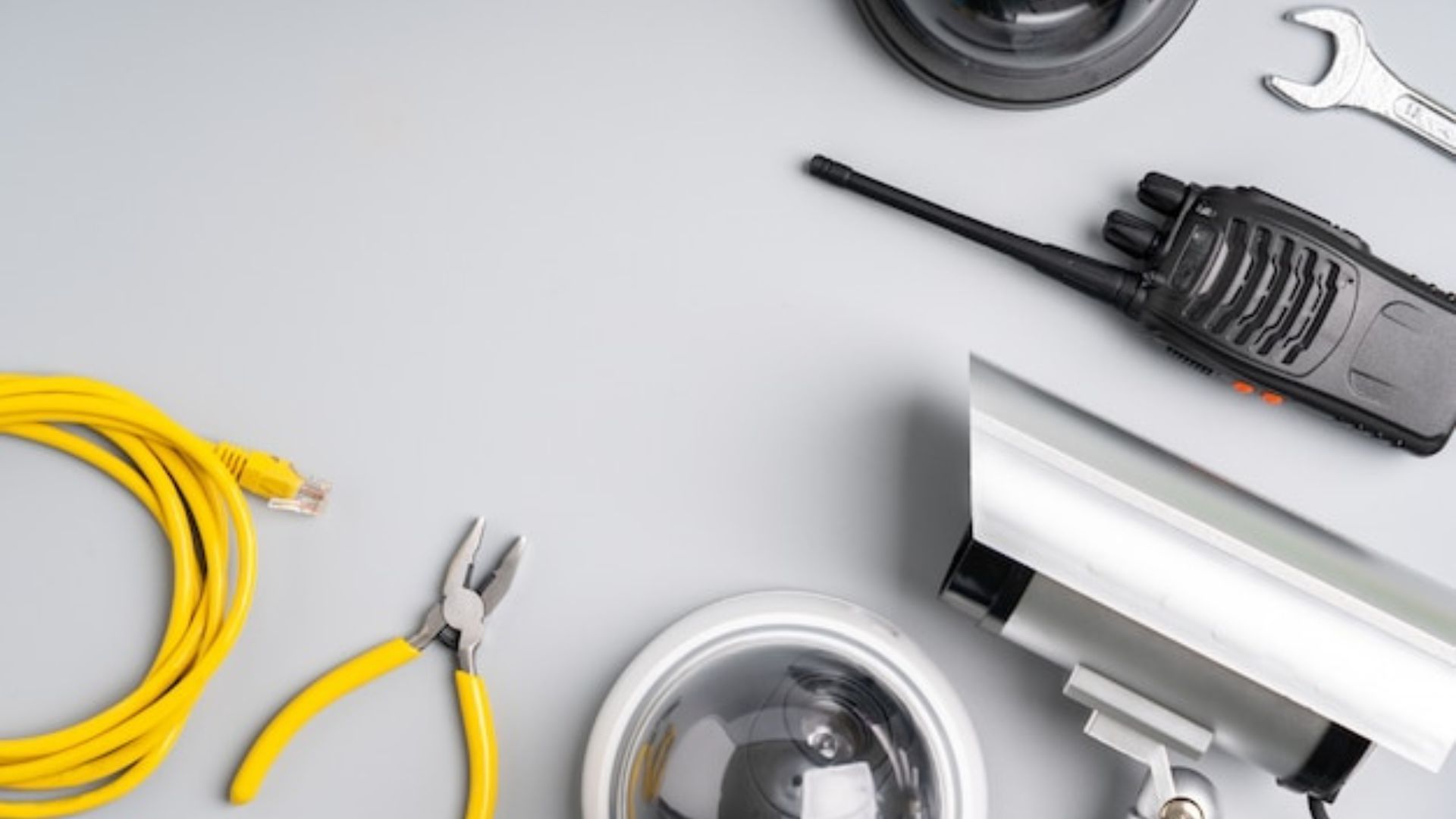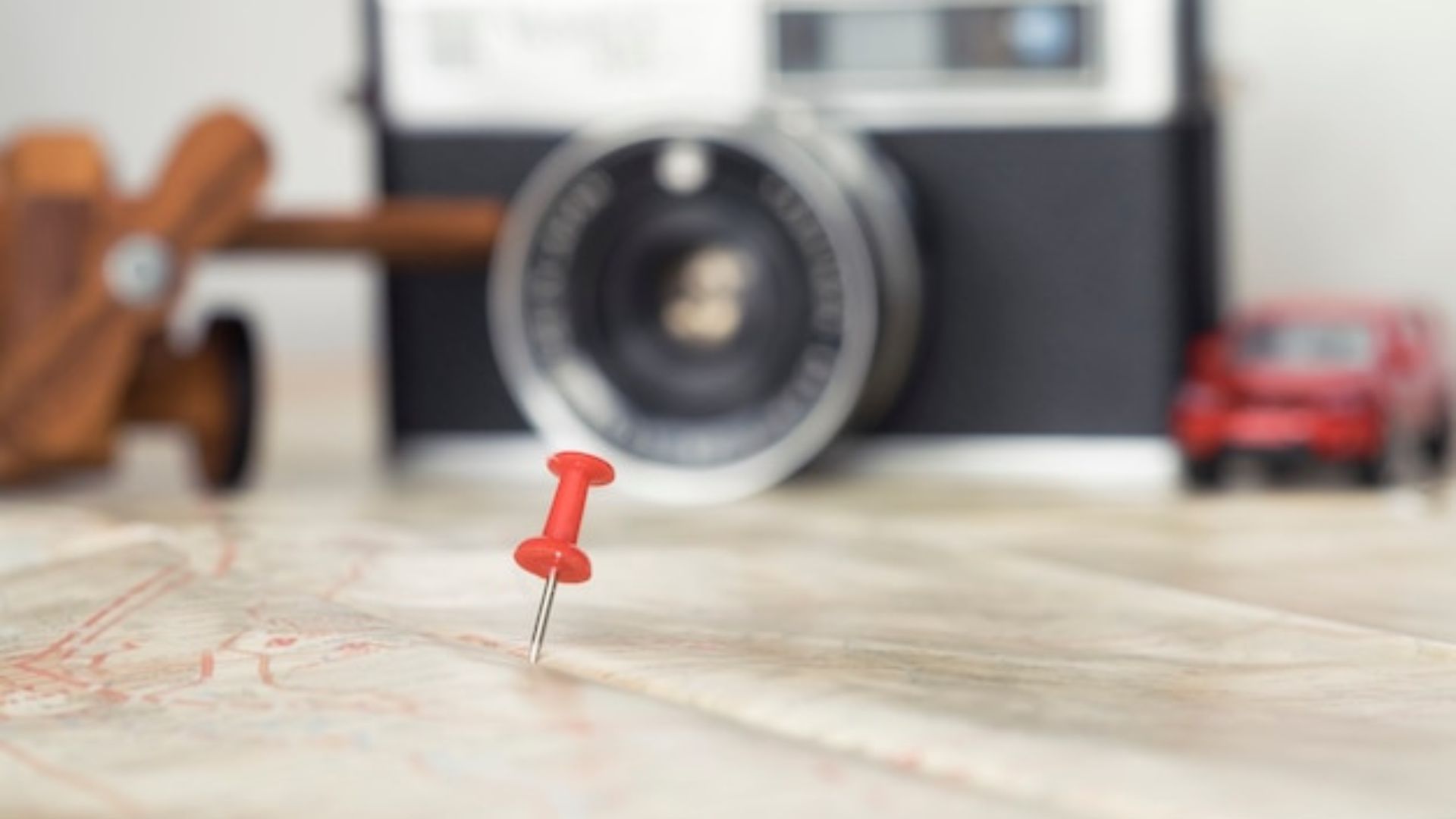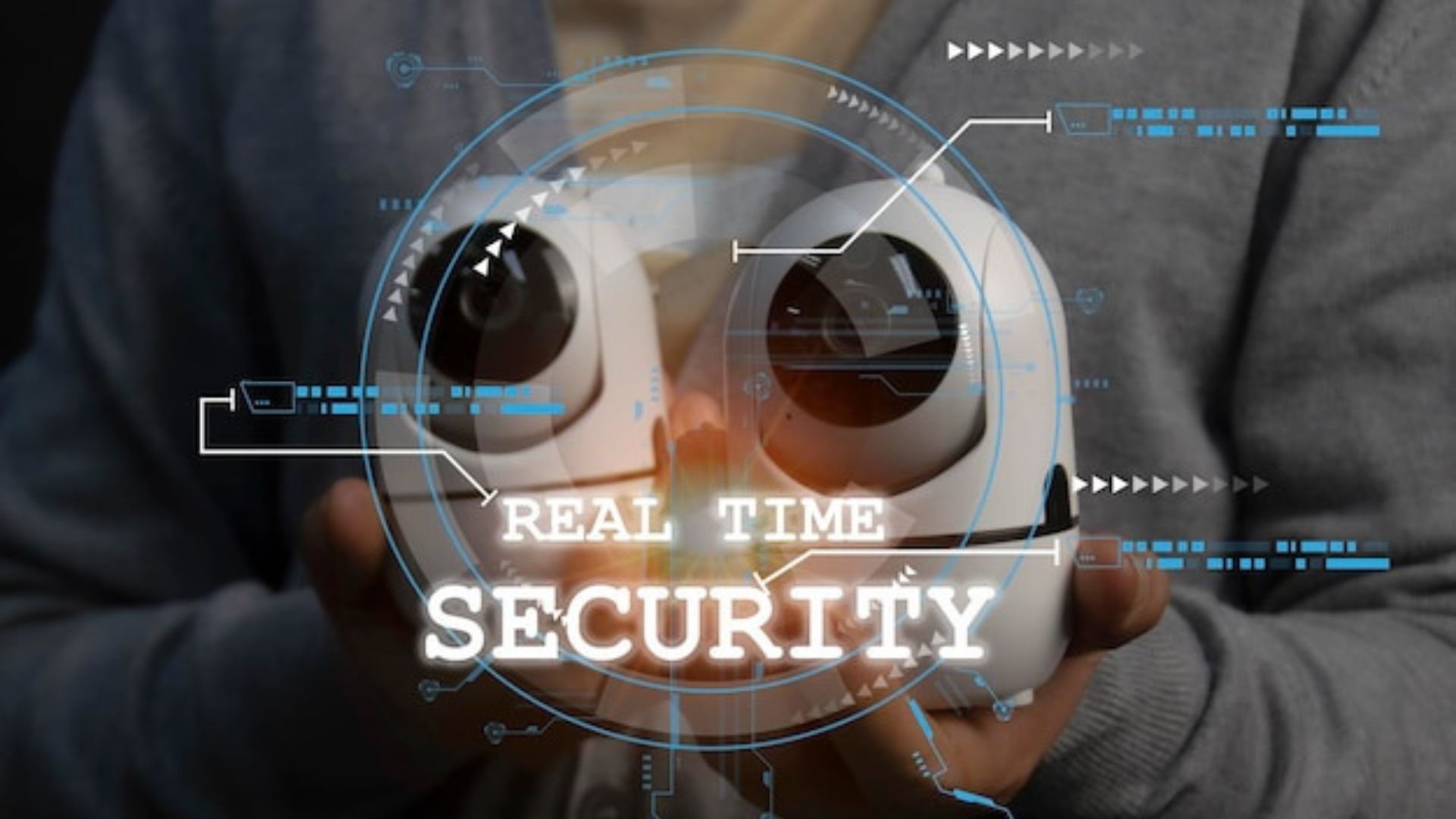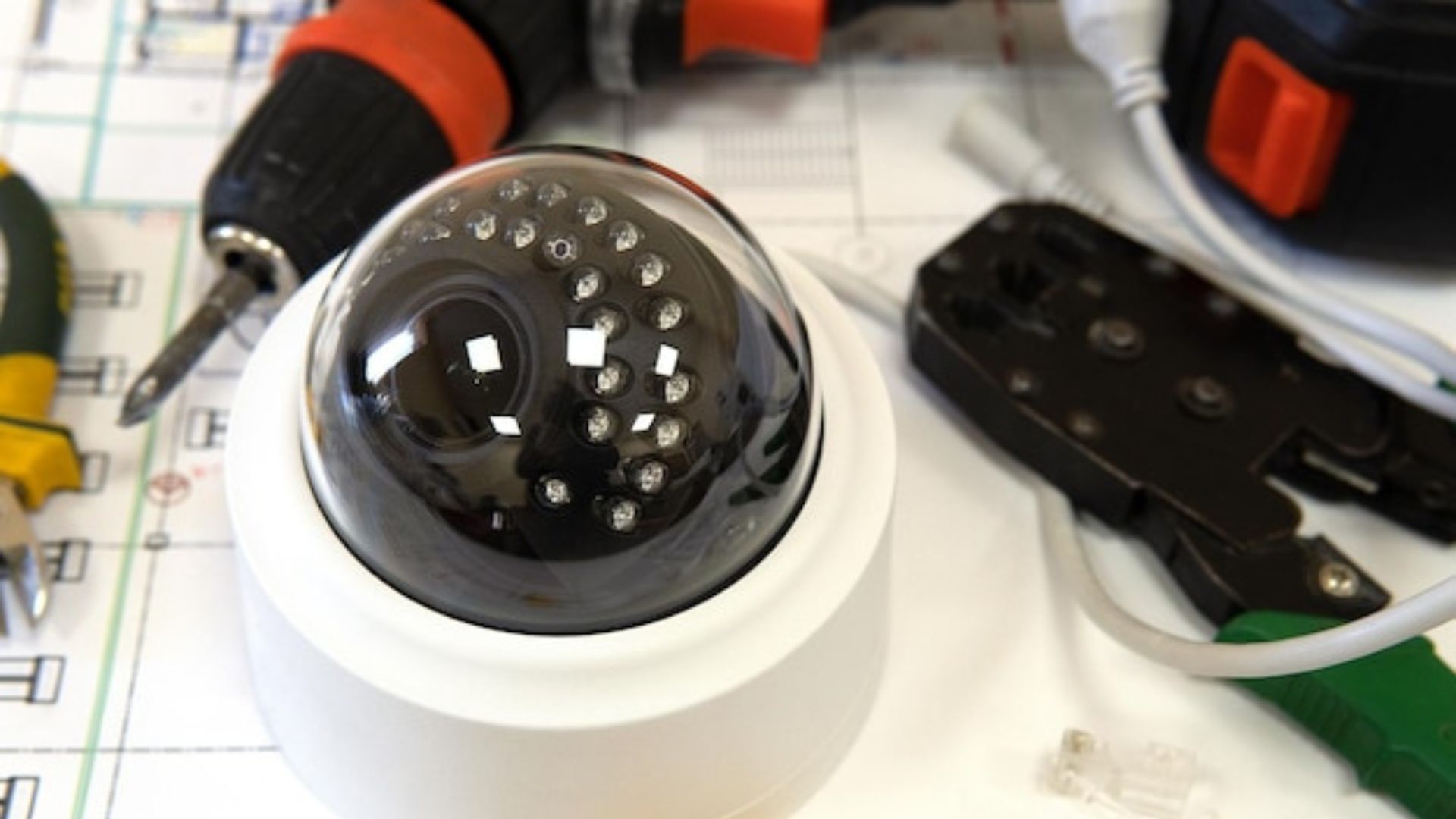How to Set Up a CCTV Camera at Home (Step-by-Step Guide)

Home security has become a key concern for most homeowners. One of the most effective ways to safeguard your home is by installing a CCTV camera system. These cameras provide peace of mind by allowing you to monitor your home remotely and identify criminal activities. The good news is that setting up a CCTV camera isn’t complicated or expensive. You can do it yourself with the right tools and guidance.
In this guide, we will break down how to set up a CCTV camera at home and cover some additional essentials.
Things You'll Need for a DIY CCTV Camera Setup
For setting up a CCTV camera on your own, you will need some important things. Here they are:
- CCTV cameras (wired or wireless based on your needs)
- DVR/NVR or cloud storage subscription
- Power cables or batteries (if your cameras are wireless)
- Drill machine, screws, and mounting brackets
- A smartphone or computer for configuration and monitoring the system
Need professional installation for larger spaces? For commercial setups or more complex requirements, explore services like CCTV camera supplier company in Bangladesh for expert assistance.
Top 8 Steps to Set Up a CCTV Camera in Your Home

Here's the detailed and easy guide to setting up a CCTV camera on your own:
Step 1: Choose the Right CCTV Camera
For your home's highest security, you need to purchase the right camera. There are two primary types of CCTV cameras:
- Wired cameras: These cameras need physical connections for power and data transfer. They are reliable but require more effort for installation.
- Wireless cameras: Easy to install but depend on Wi-Fi and batteries, which may need periodic replacement.
Key features to consider:
- High resolution (1080p or more) for clear footage
- Night vision capabilities to observe clearly in low-light conditions
- Motion detection alerts when unusual activity is detected
Tip: Select cameras with waterproof coverings (IP65 or more) if you’re planning to install them outdoors.
Confused about CCTV and IP cameras? Get a clear understanding by reading CCTV camera vs IP camera: what is the difference between them, where we break down the pros and cons of each.
Step 2: Select the Best Location for Your Cameras

After purchasing suitable cameras, choose the best location for installation. To expand your camera's coverage and effectiveness:
- Install cameras near entry points, windows, hallways, garages, backyards, and other vulnerable areas.
- Ensure no obstructions like trees, walls, or decorative items block the view.
- Keep the camera out of reach to avoid tampering.
Wondering where to place your cameras? Check out how to choose the best locations for cctv cameras for practical tips on maximizing coverage and security.
Step 3: Prepare the Installation Area
Once your location selection is done, it’s time to prepare the area. To prepare the location before installing:
- Collect all necessary tools, such as drill machines, screws, and mounting brackets.
- Plan your cable routes (if you’re setting up wired cameras) to avoid a messy setup.
- Check Wi-Fi strength in the selected areas for wireless cameras to prevent connectivity issues.
Tip: When mounting cameras on walls, use a stud finder to confirm they are securely attached and can support the camera's weight.
Step 4: Install the CCTV Camera Properly
Follow these steps to install the camera hassle-free:
- Use the mounting bracket to secure the camera to the wall or ceiling.
- Position the camera at the preferred angle for maximum coverage.
- Connect the power supply for wired cameras or insert batteries for wireless cameras.
- Run cables to the DVR/NVR if installing a wired CCTV system.
- For wireless cameras, connect the camera to your Wi-Fi network and test functionality.
Step 5: Set Up the DVR, NVR, or Cloud Storage

Storage is crucial for recording and storing video footage:
- DVR: Used with analog cameras. Connect the DVR to your cameras and a monitor for viewing the footage.
- NVR: Perfect for IP cameras. Connect it to your router for easy configuration.
If you have installed a wireless CCTV camera system, link your cameras to a cloud storage account using the camera's required app.
Not sure whether to choose DVR or NVR? Learn about the key differences in dvr vs nvr: what’s the difference between them, and make an informed decision for your security system.
Step 6: Configure the CCTV System Settings
Adjusting your system ensures it works efficiently:
- Adjust camera angles to cover blind spots and entry points.
- Use the manufacturer's app or software to personalize settings such as motion sensitivity and recording schedules.
- Check the system to ensure all cameras are functioning properly.
Step 7: Secure Your CCTV Network Against Threats

To keep your CCTV system safe from unauthorized access, follow these steps:
- Use strong passwords for both the cameras and your home Wi-Fi network.
- Update the firmware regularly to prevent security vulnerabilities.
- Enable two-factor authentication (if available) for added security.
Tip: Use a VLAN or a dedicated Wi-Fi network for your CCTV system to isolate it from other devices in your home.
Want expert security tips? Discover how advanced systems can protect your assets in how access control can revolutionize asset management.
Step 8: Monitor and Maintain Your CCTV System
Routine monitoring and maintenance guarantee durable performance of your CCTV system:
- Access live feeds using your smartphone or computer through the app.
- Clean the camera lenses frequently to maintain clear video footage.
- Replace batteries or check power connections to prevent downtime.
Tips for DIY CCTV Camera Setup
1.Plan ahead: sketch a layout of your home to determine where cameras should be placed.
2.Invest in quality equipment: cheaper cameras can fail during critical moments. So, buy quality cameras and other essentials.
3.Surge protection: Use surge protectors to keep your equipment safe from electrical spikes.
Key Benefits of Installing a CCTV Camera in Your Home

Installing a CCTV camera system delivers multiple benefits. Such as:
1.Increased security: CCTV cameras play a role of a strong deterrent against burglars, vandals, and trespassers. When they know there's CCTV and their activities are being watched, criminal activities go discouraged around your home.
2.Peace of mind: Whether you're at your workplace, on vacation, or simply out of your home, CCTV cameras deliver continuous surveillance and make sure your home and loved ones are safe.
3.Evidence collection: If there's any case of theft, vandalism, or disputes, recorded CCTV footage can present as strong evidence for authorities or insurance claims.
4.Reduced insurance premiums: Numerous insurance providers offer discounts for homes equipped with security systems, including CCTV cameras. It’s a long-term saving on your investment.
See how CCTV is shaping public safety! Find out how surveillance technology is making a difference in how cctv is transforming public safety in bangladesh.
Final words
Setting up a CCTV camera system in your home is a praiseworthy initiative in safety and security. You can confidently install and configure a credible surveillance system customized based on your needs by following the steps mentioned in this guide.
With Trimatrik BD, a trusted supplier of CCTV cameras and surveillance systems in Bangladesh, start boosting your home's security today! If you have any queries or need assistance, feel free to contact us.



